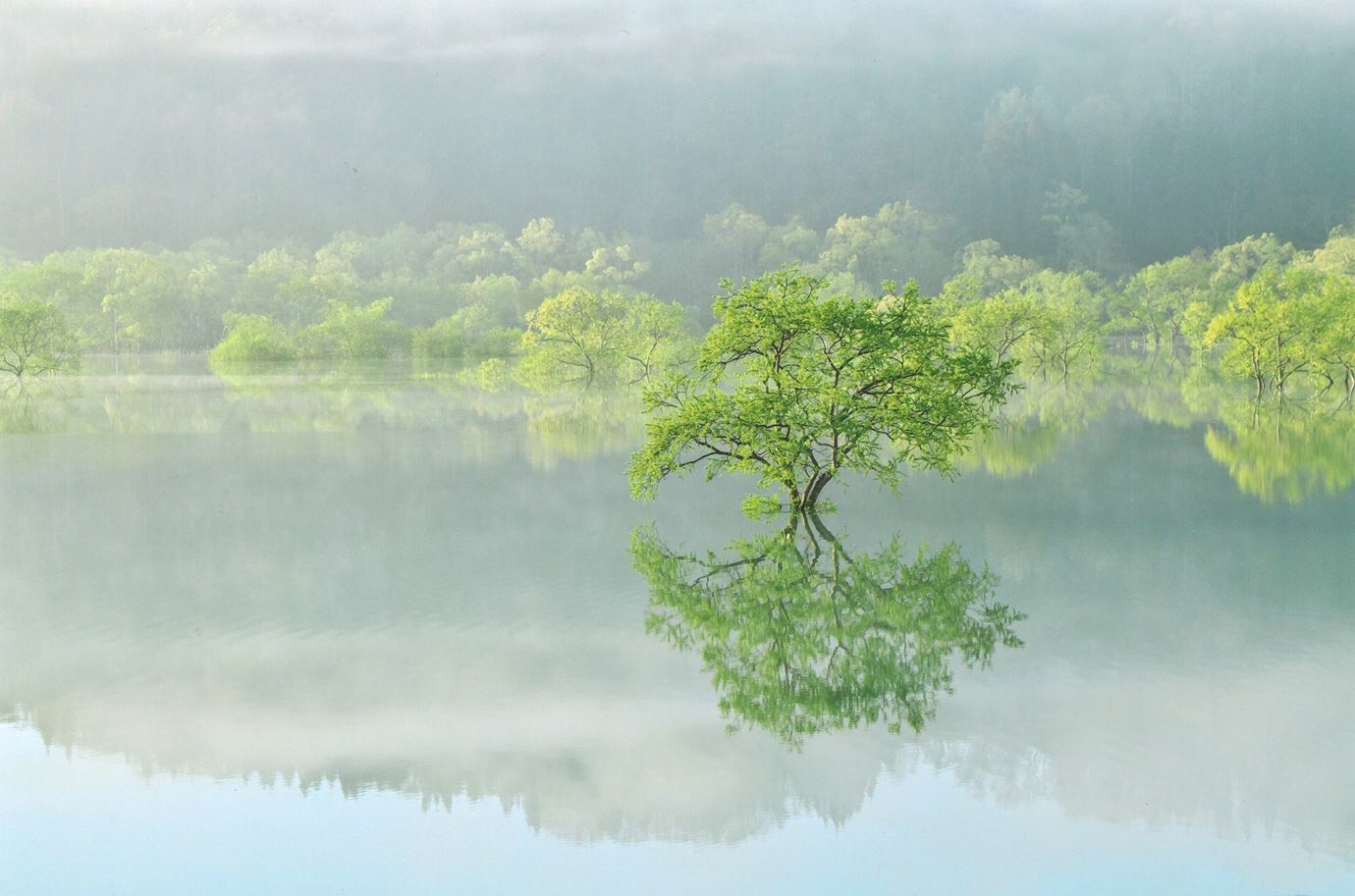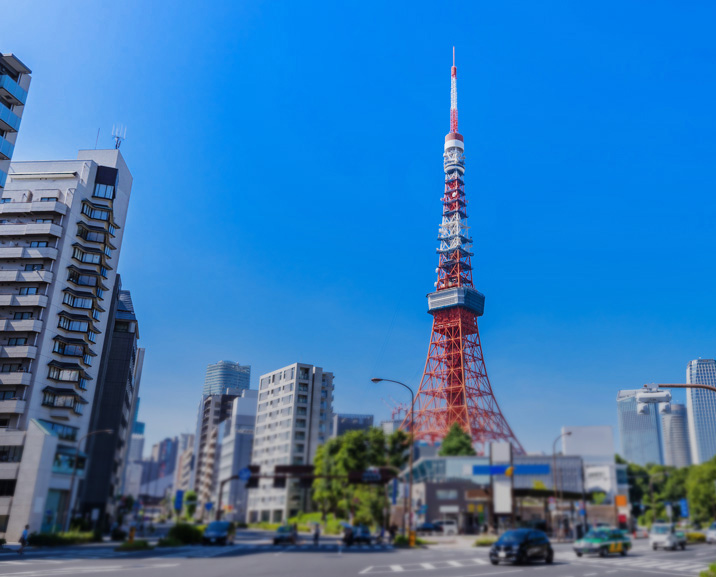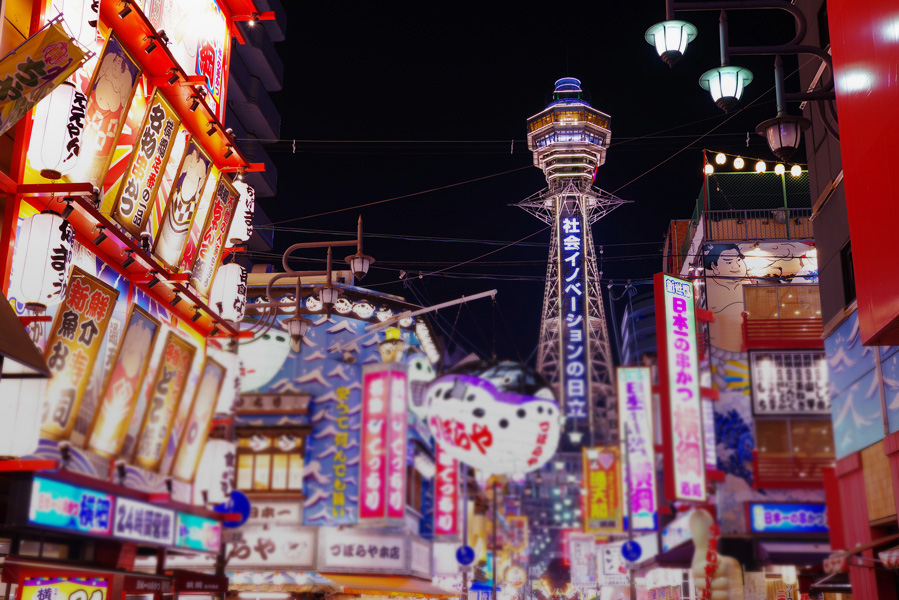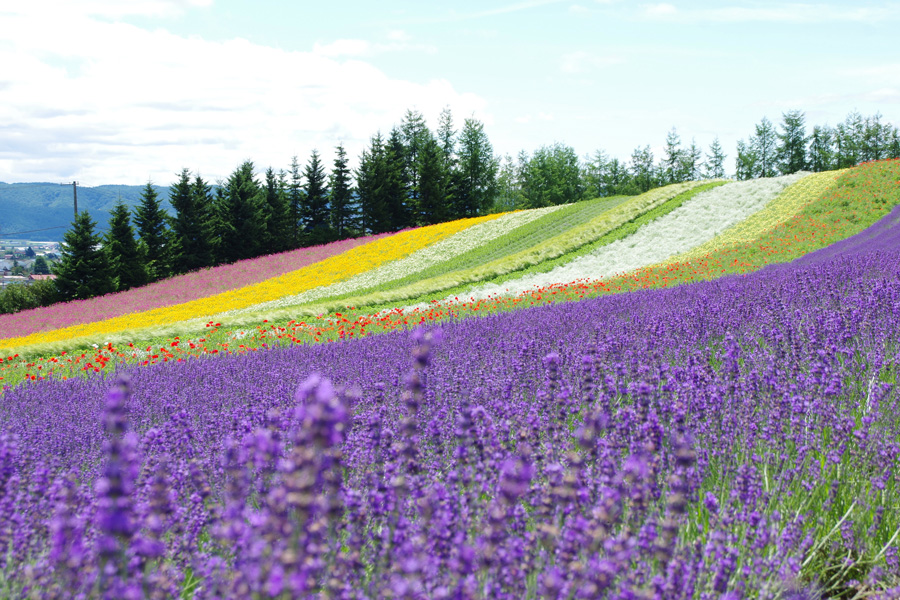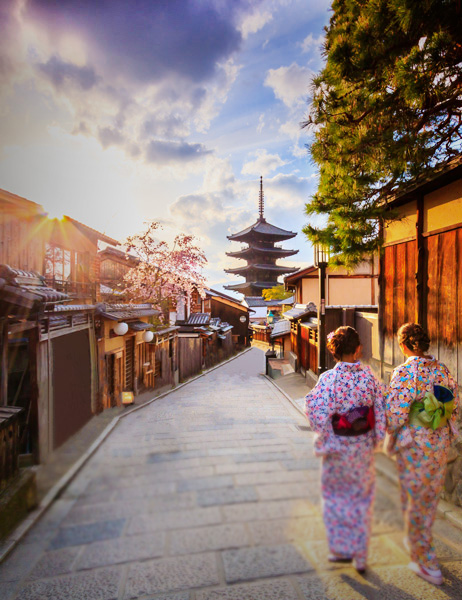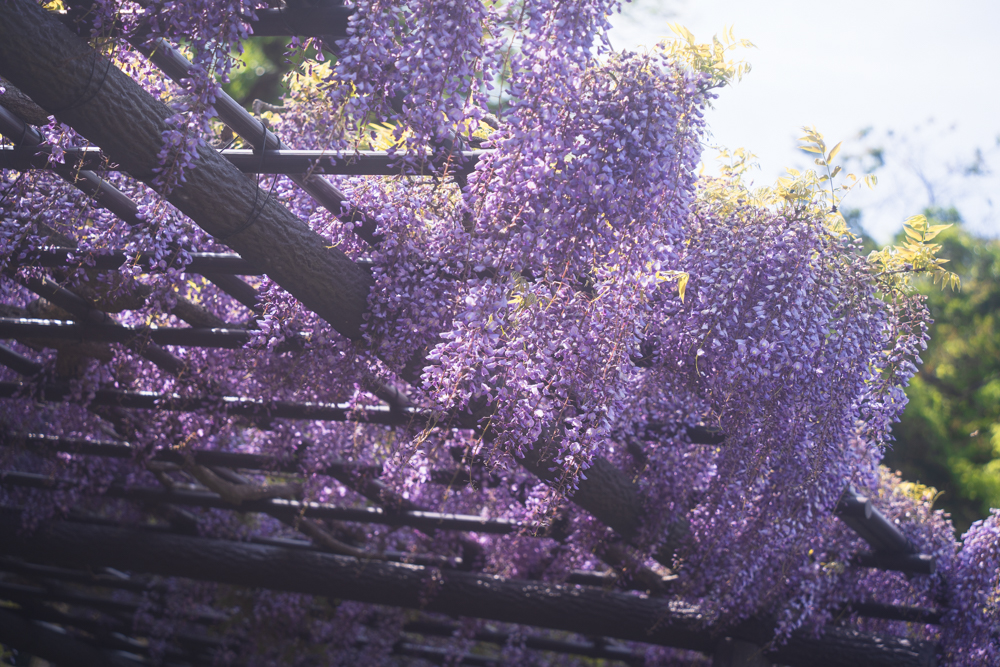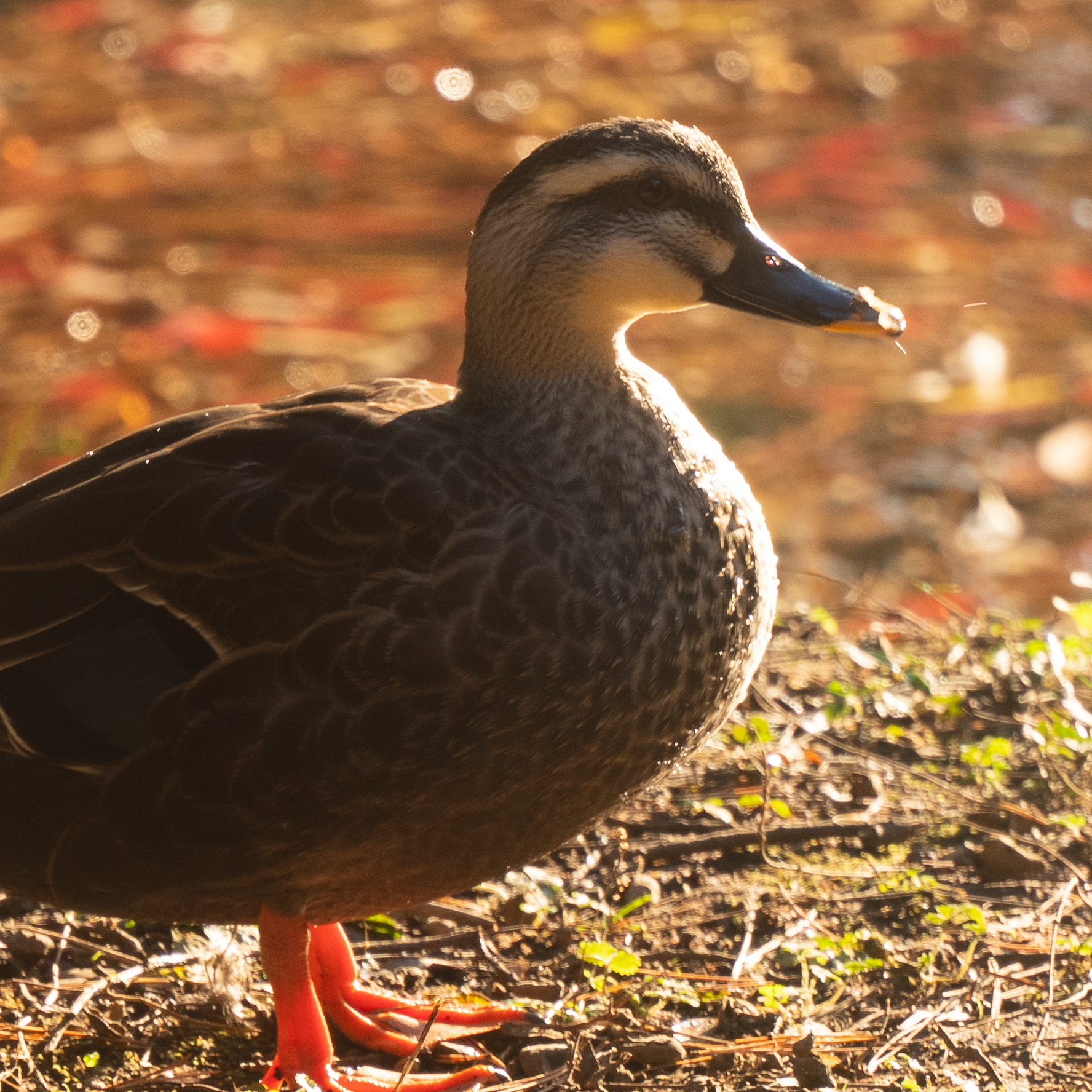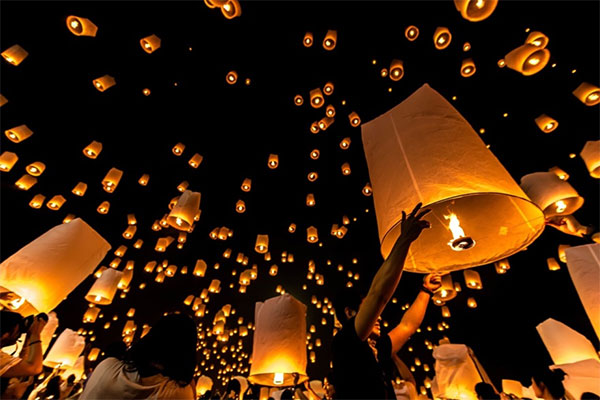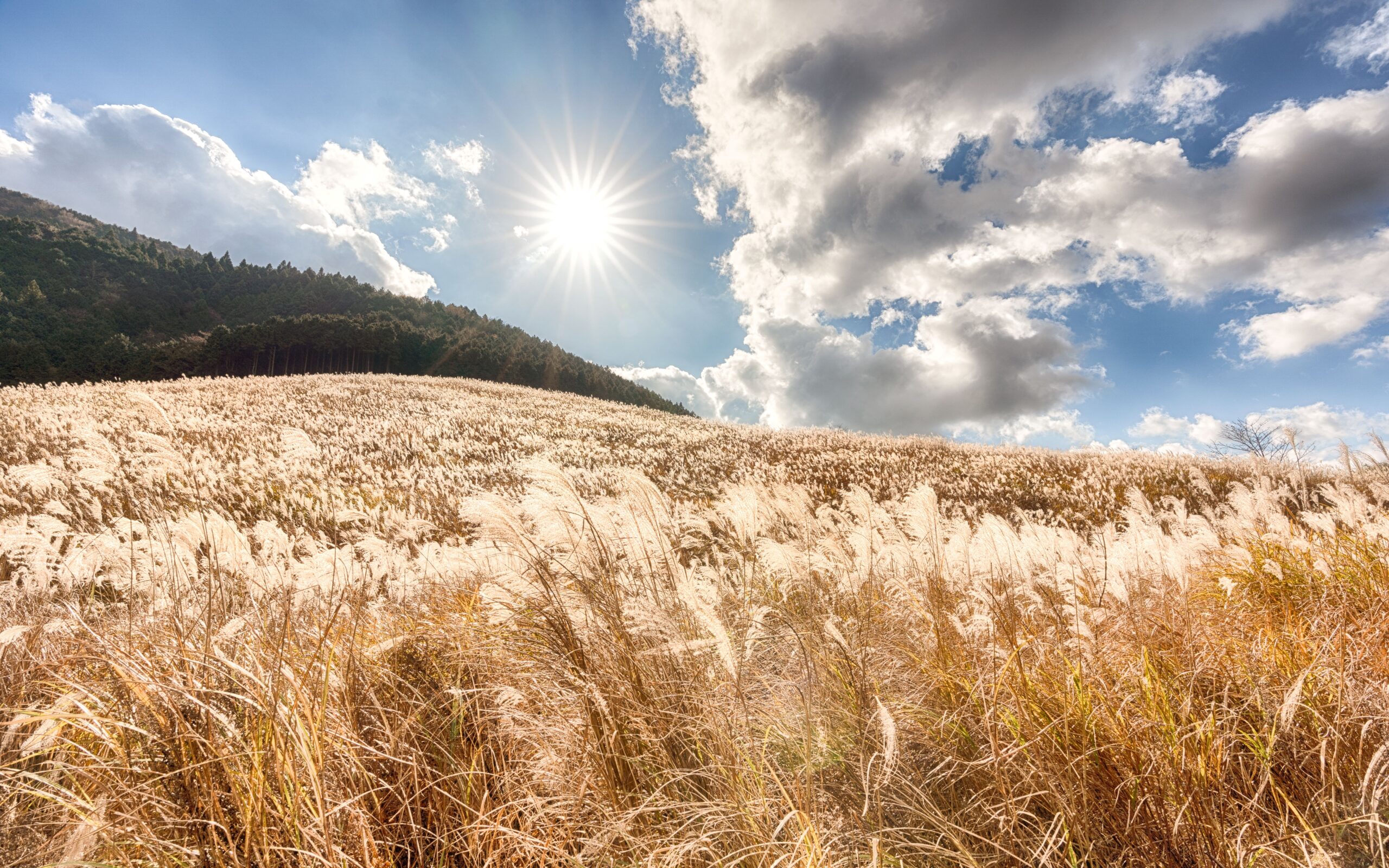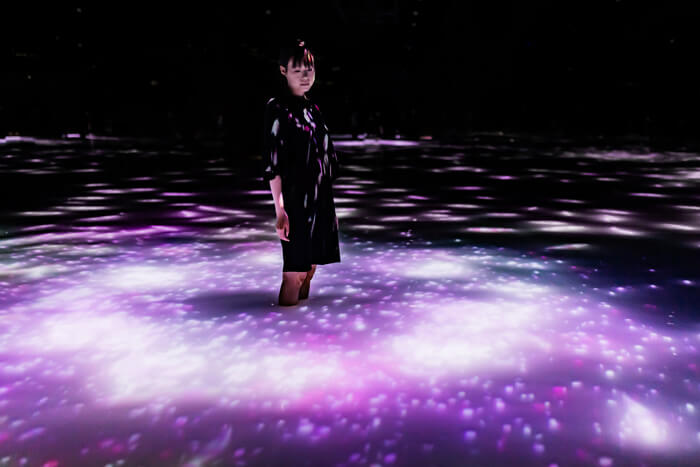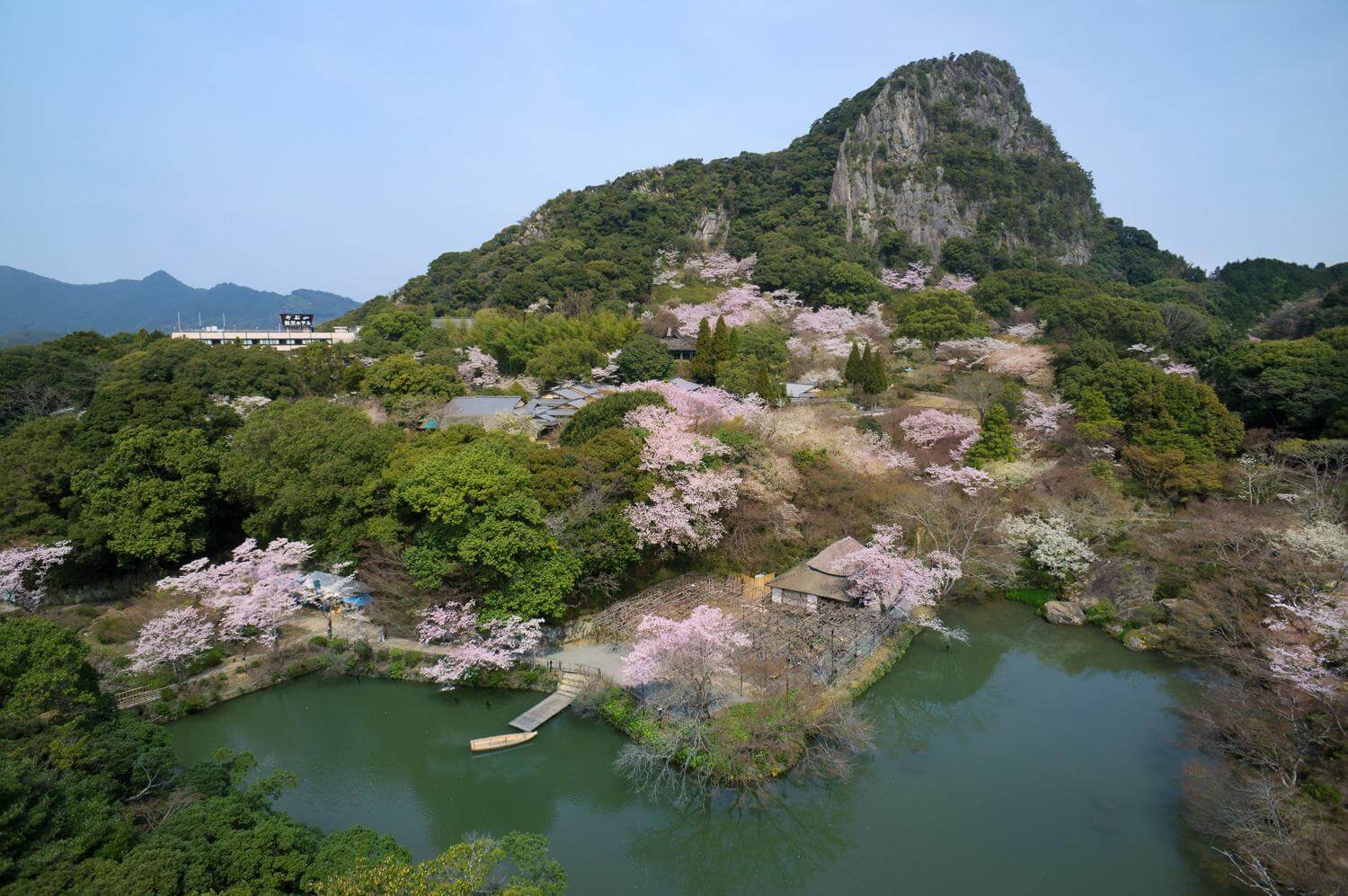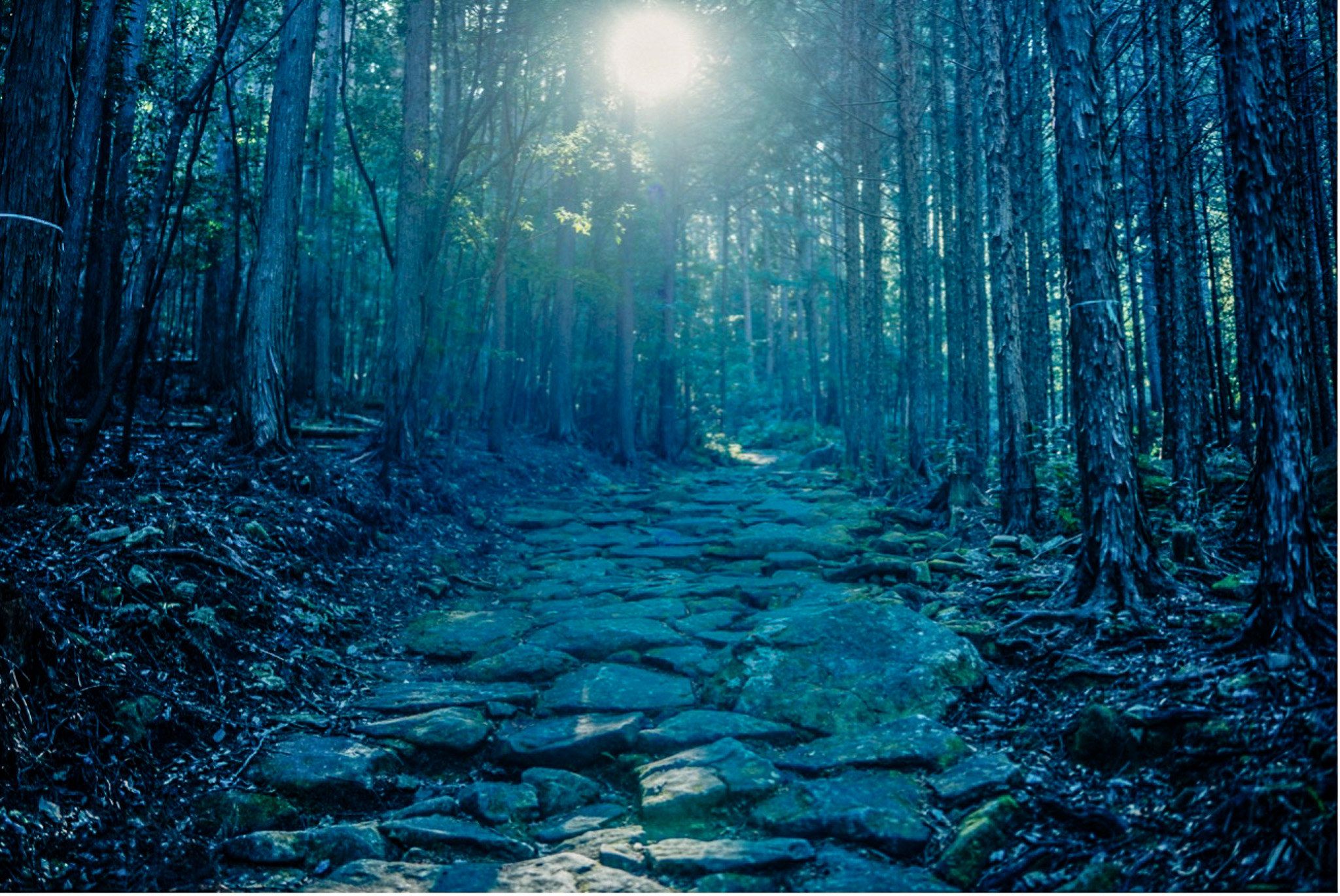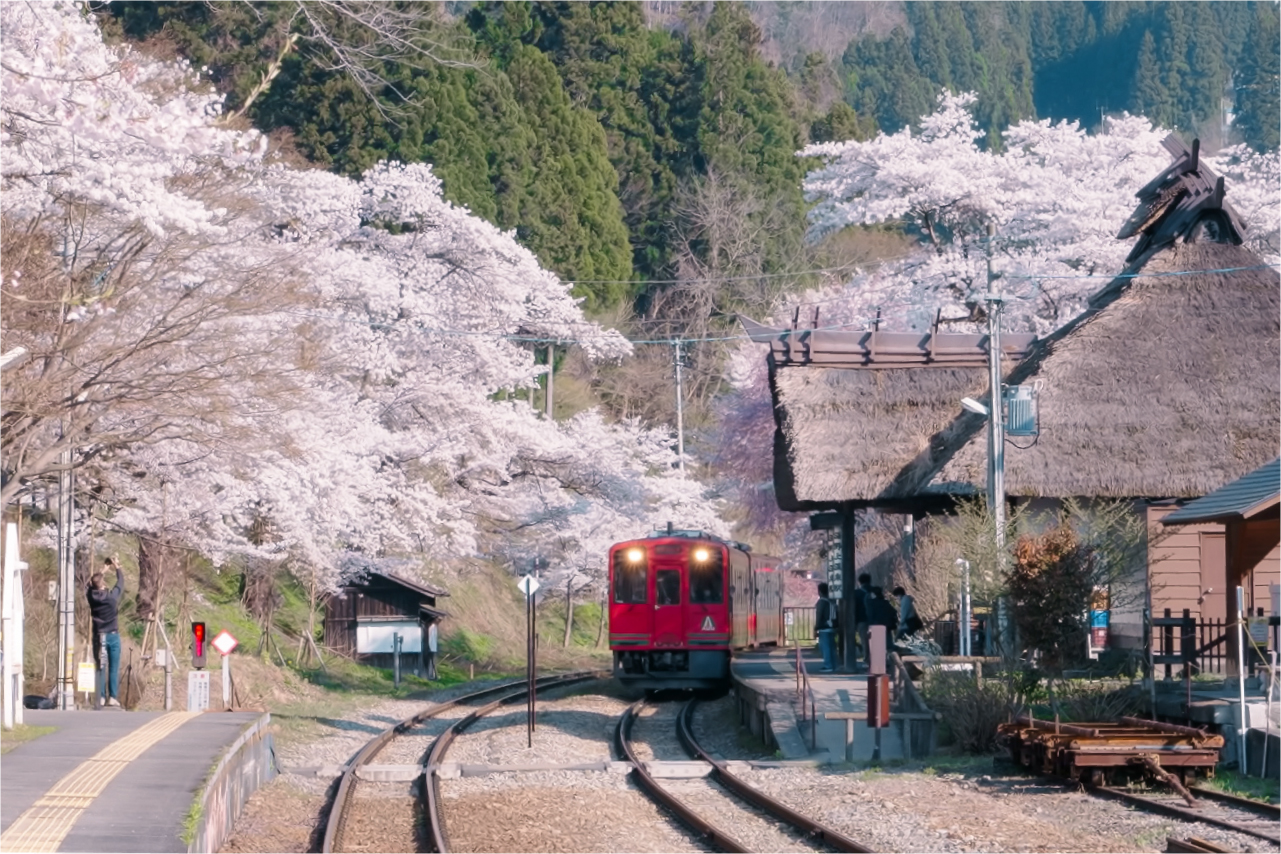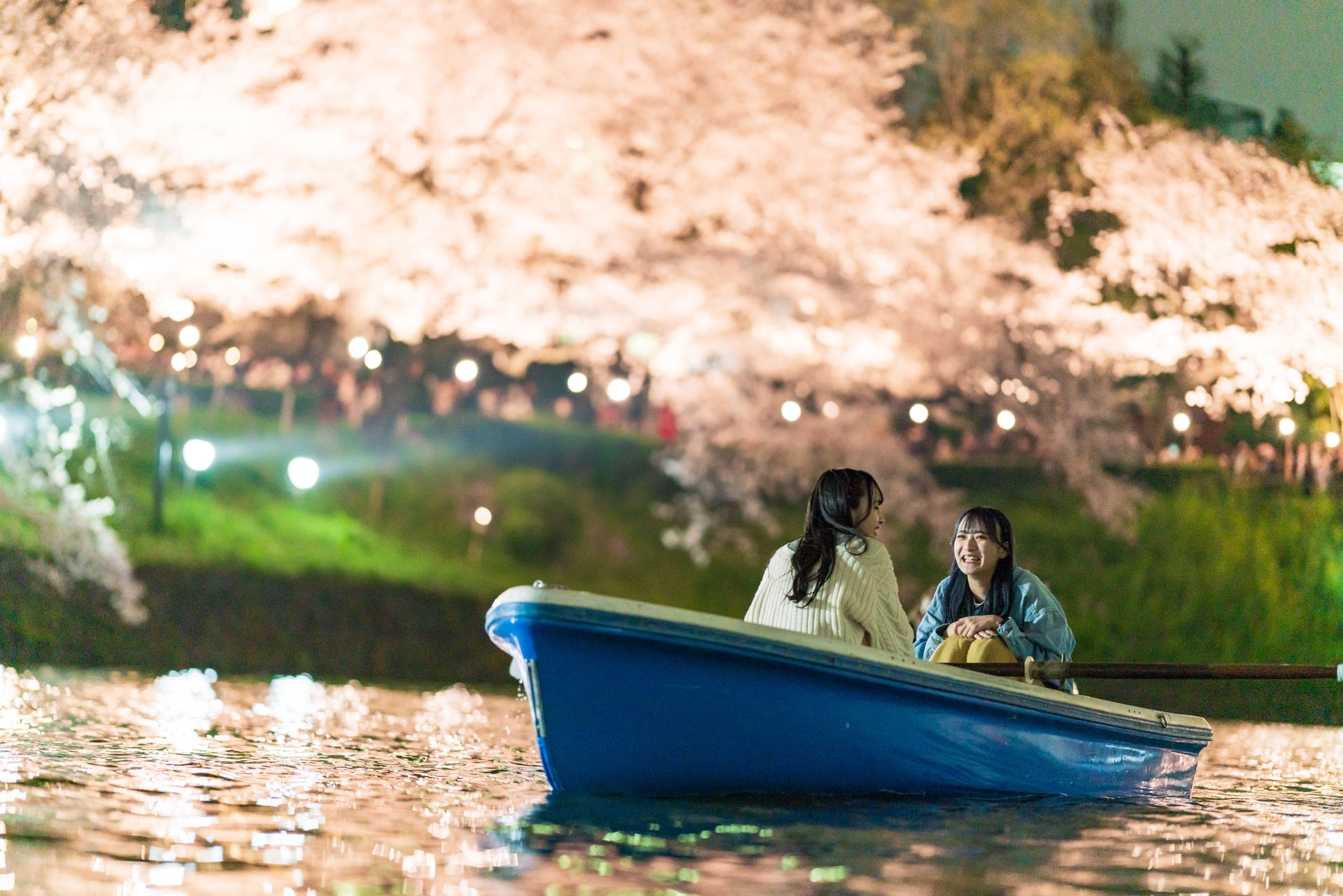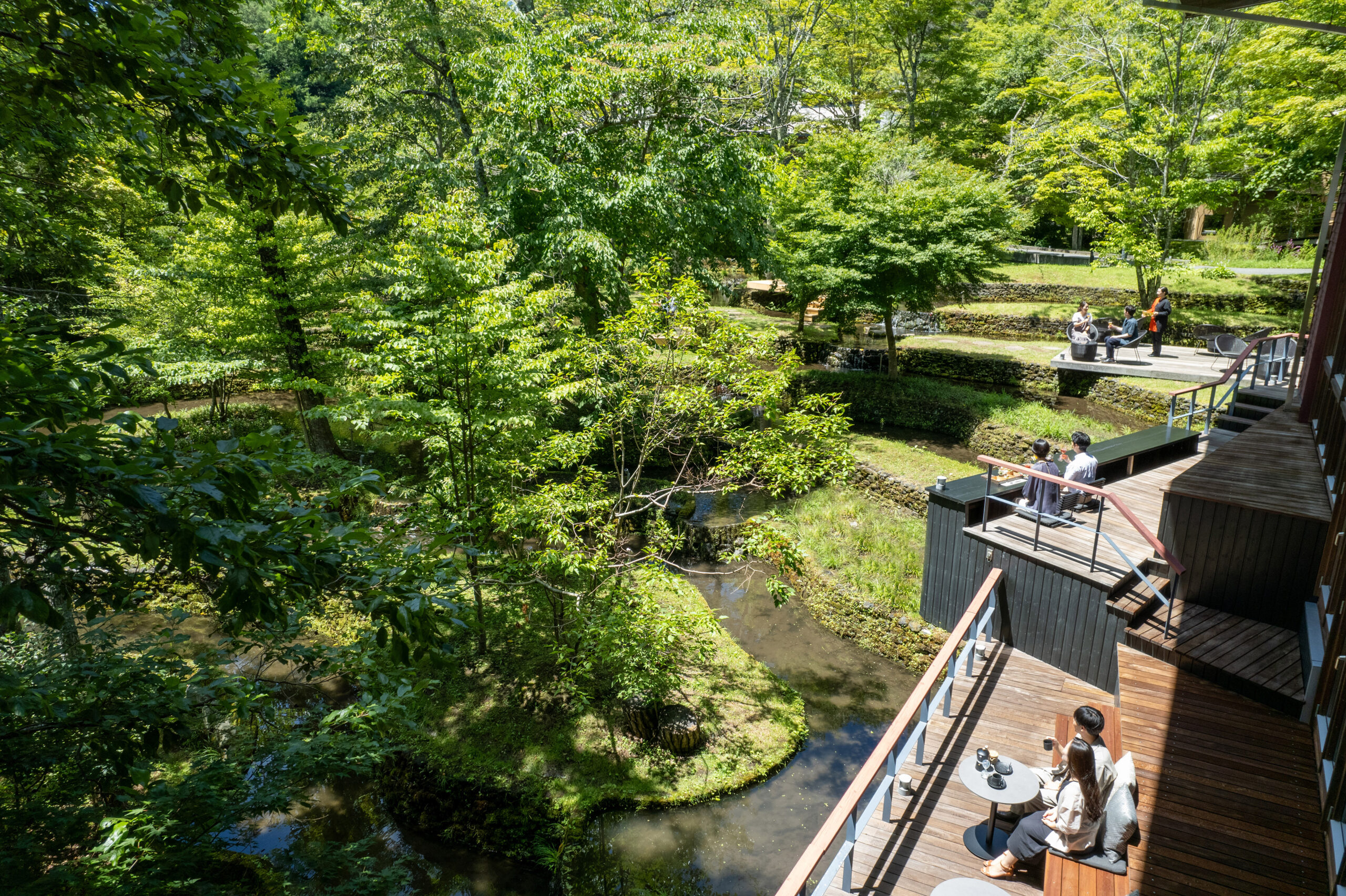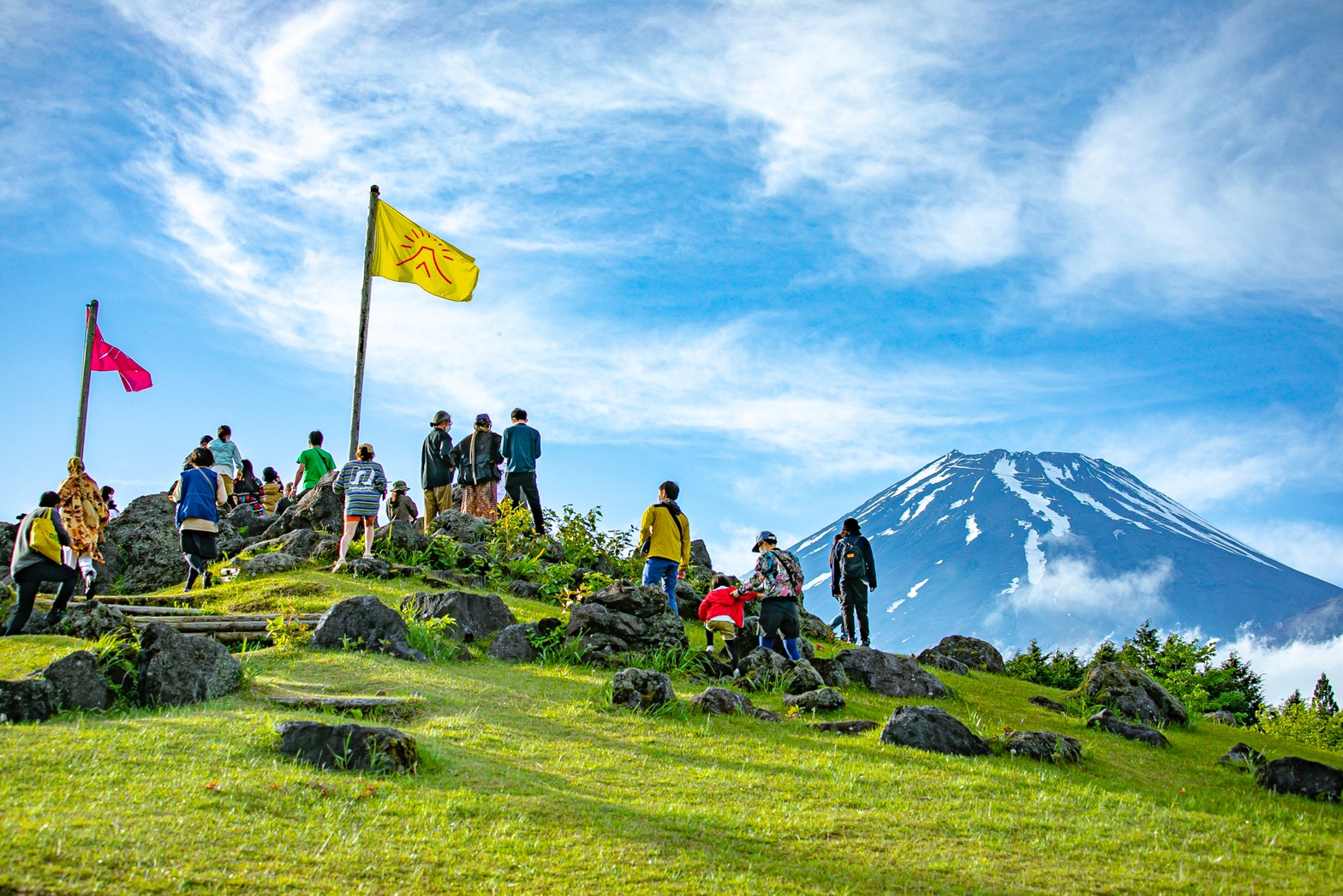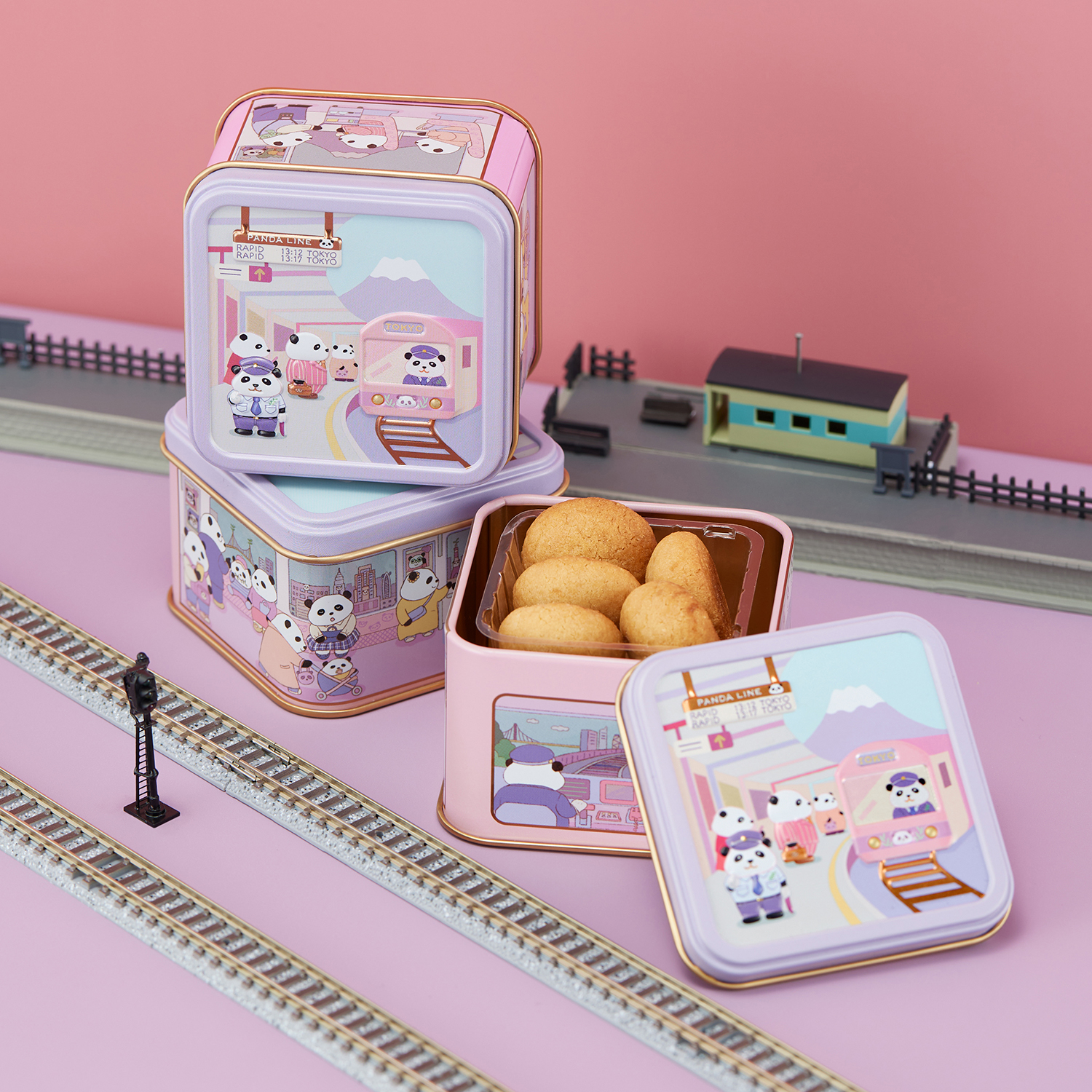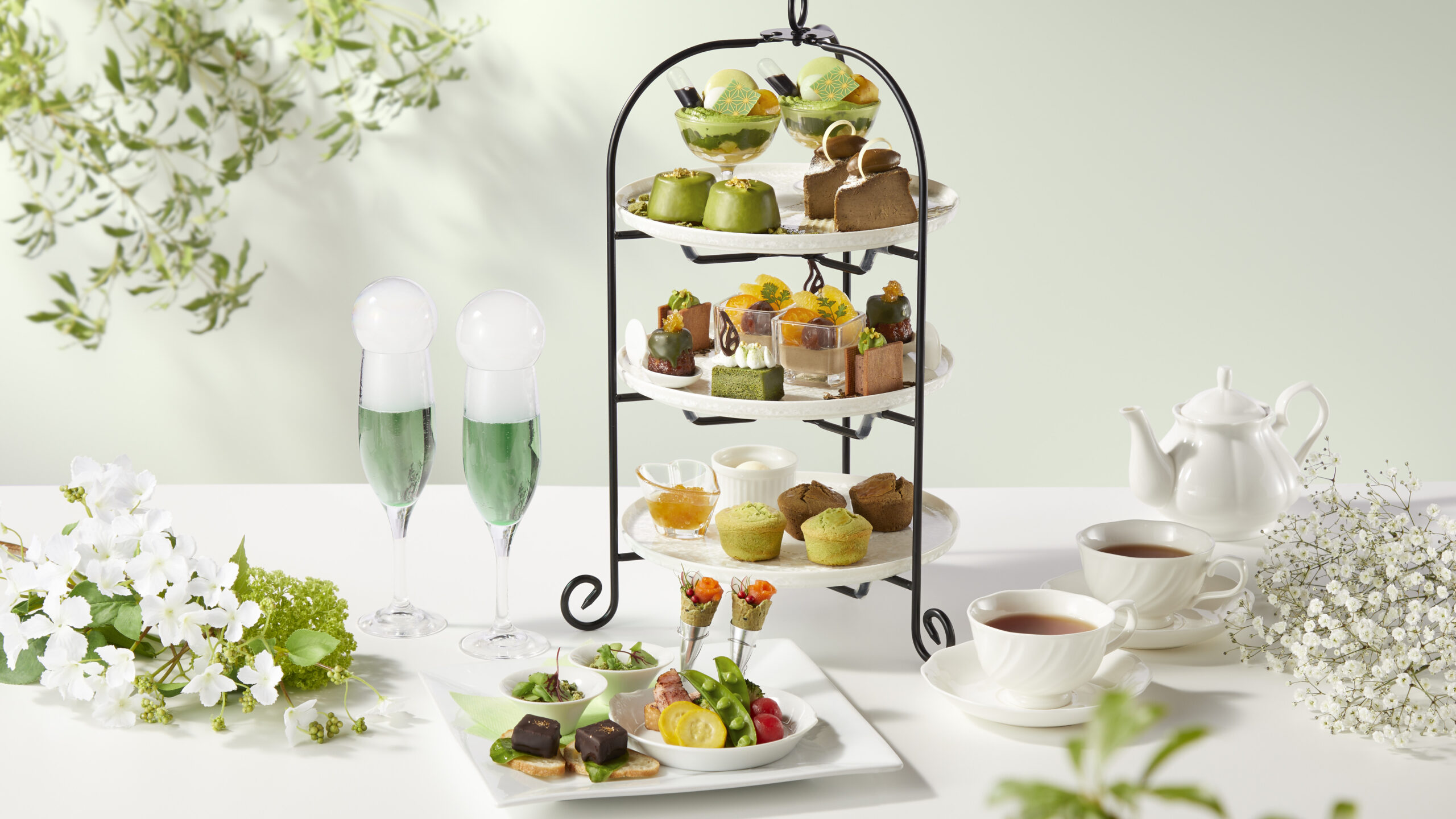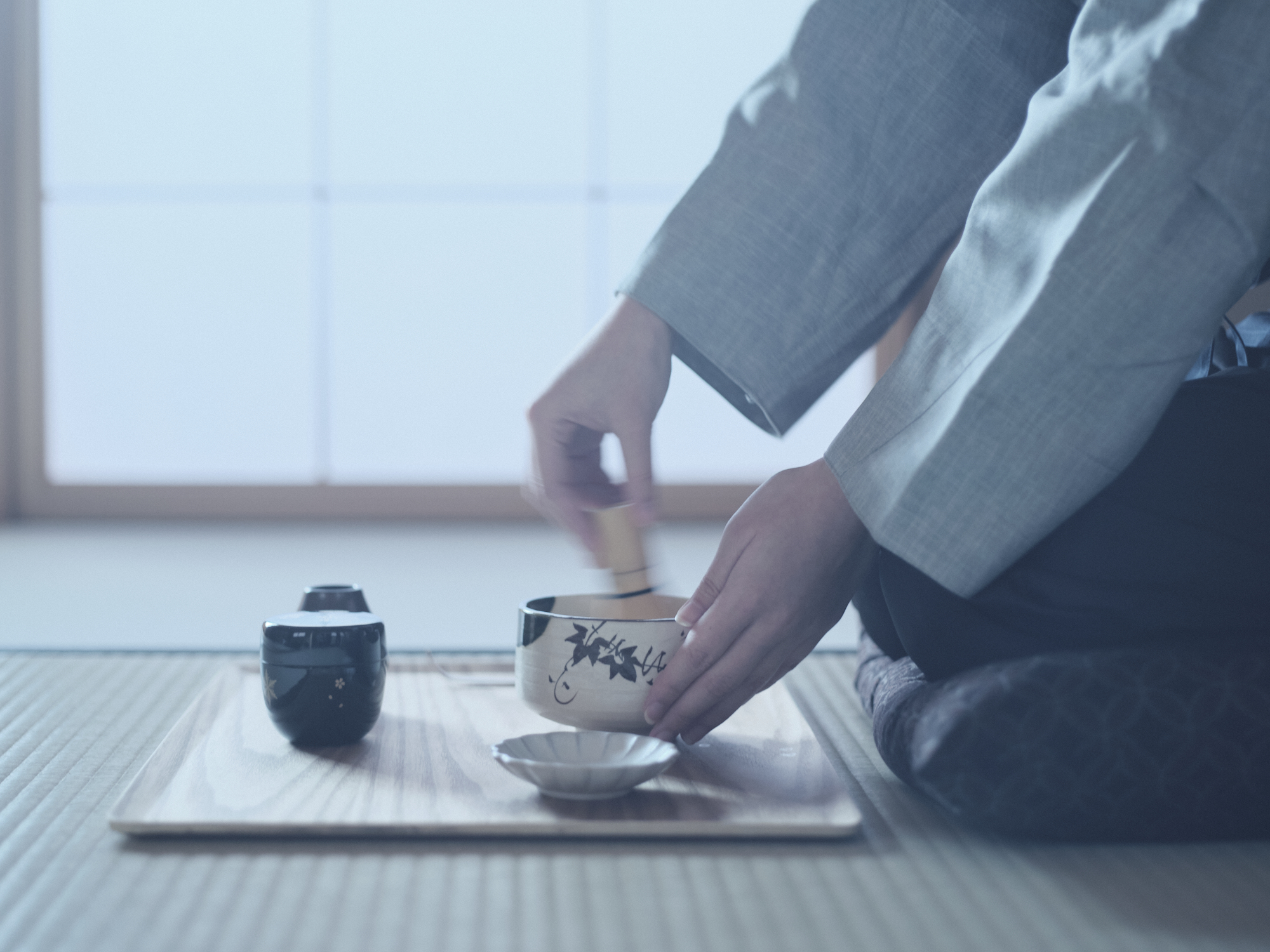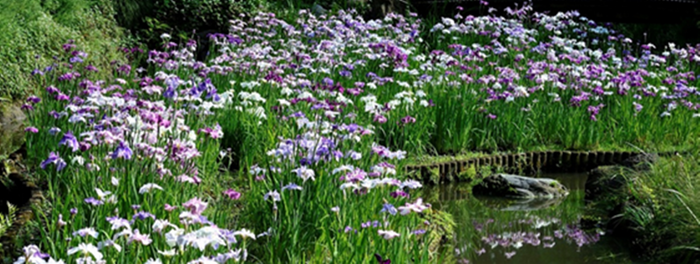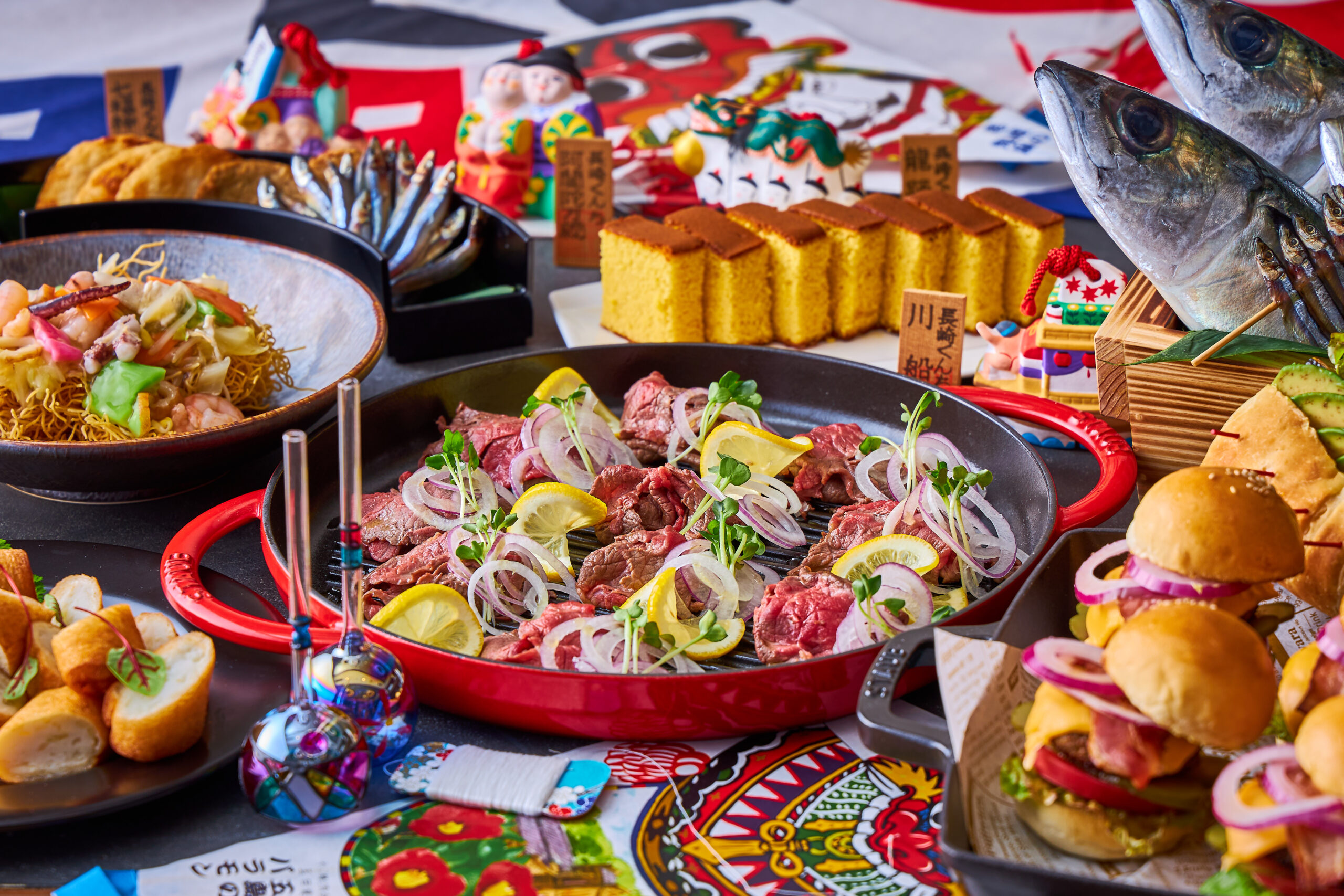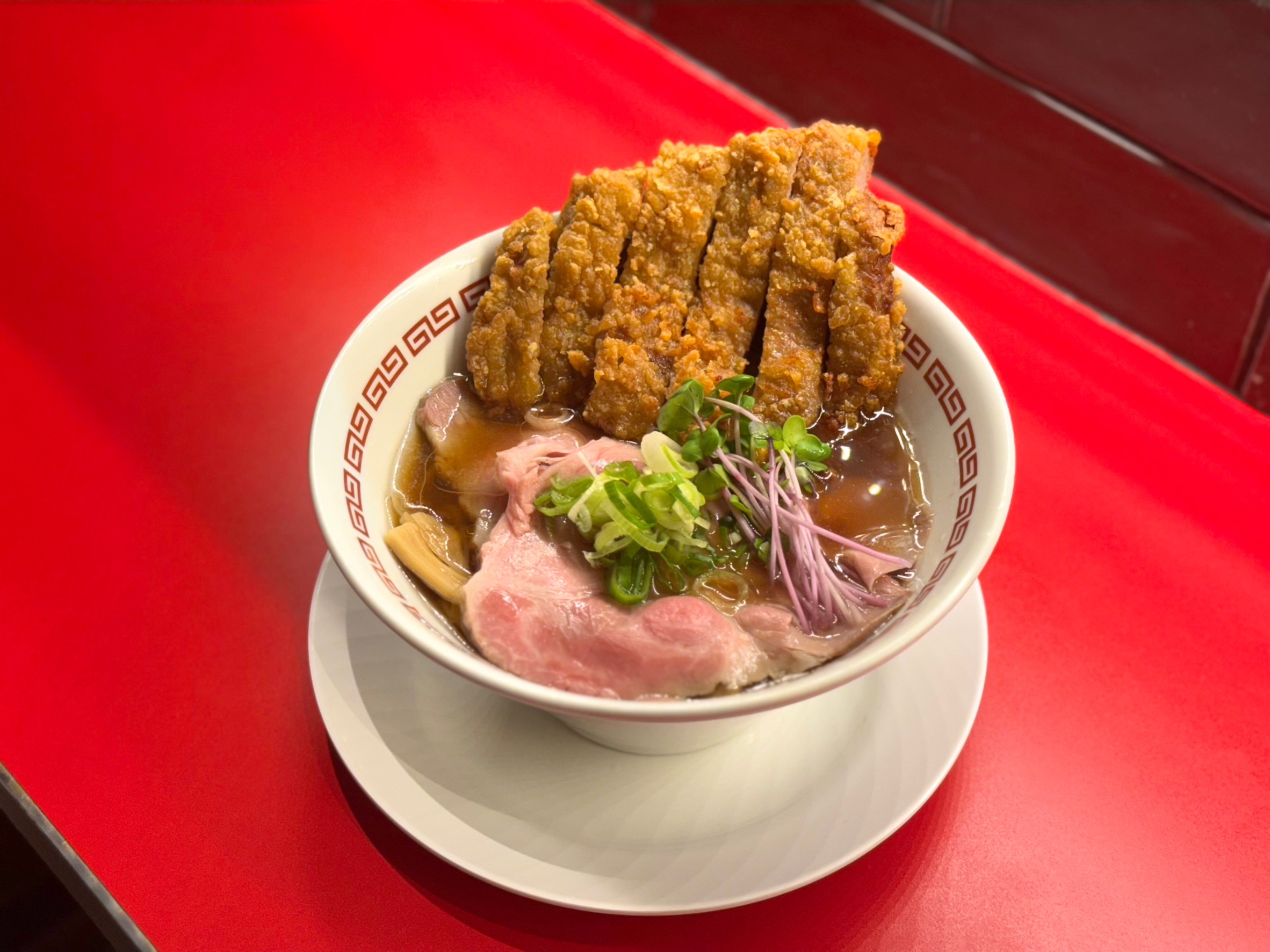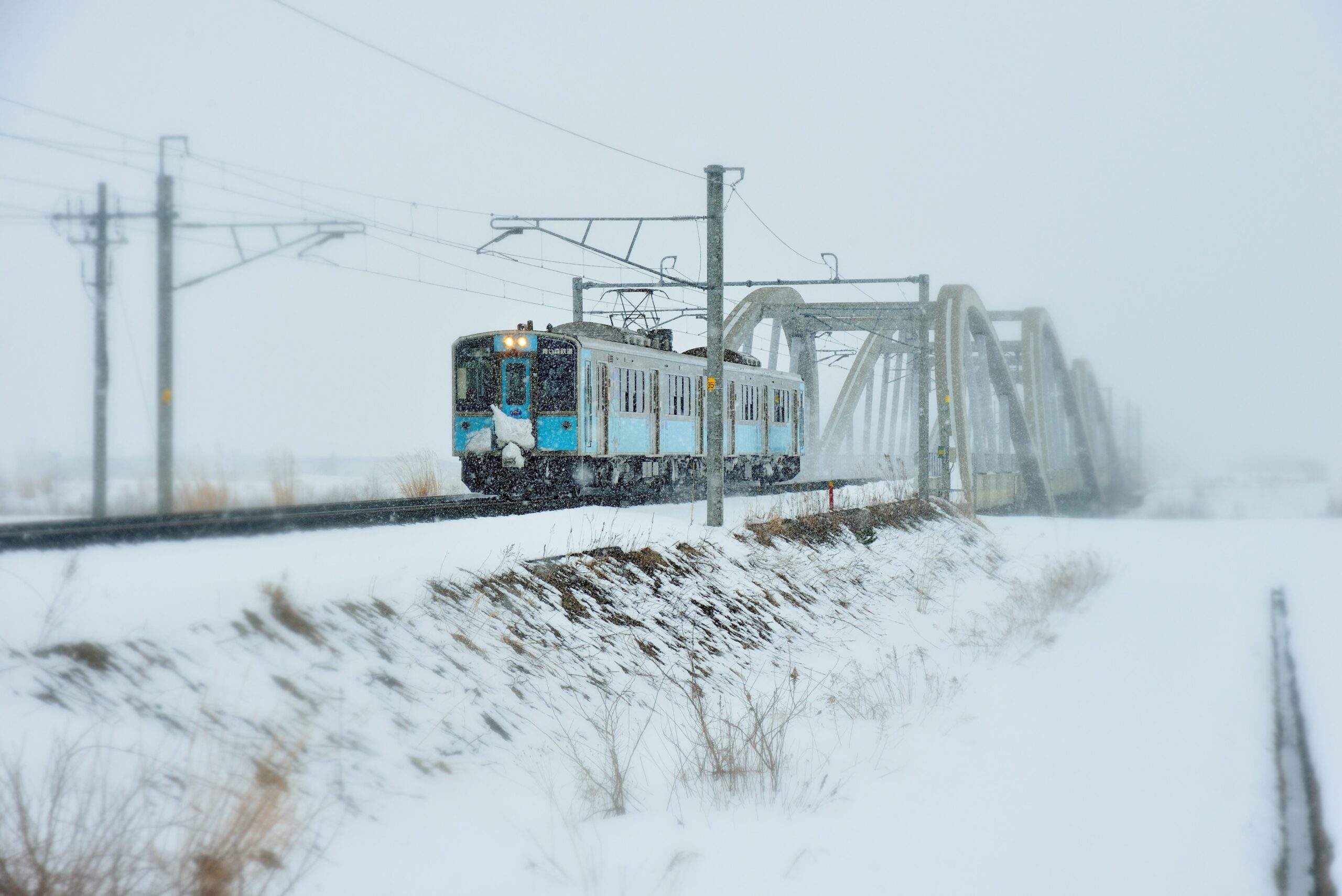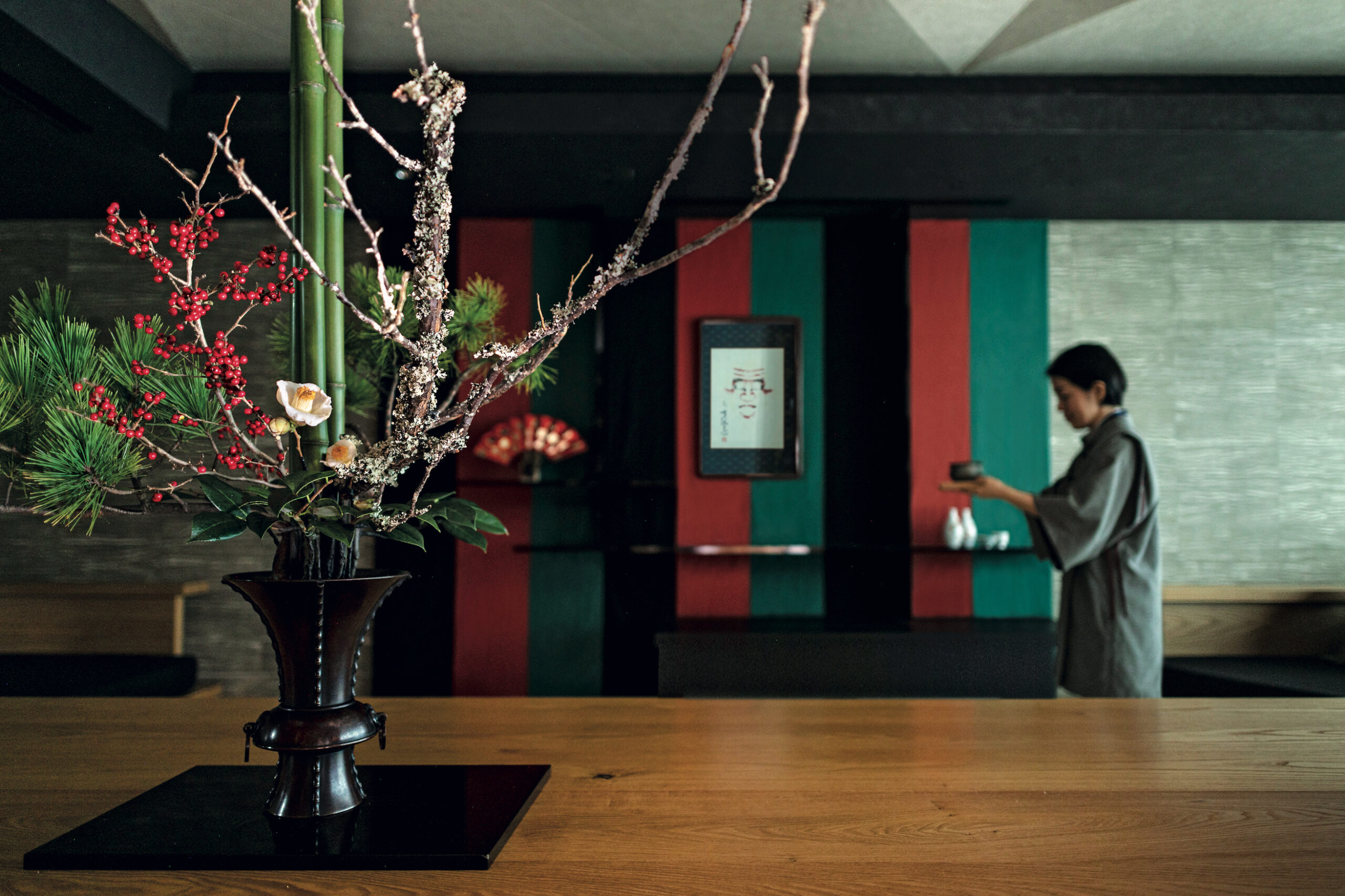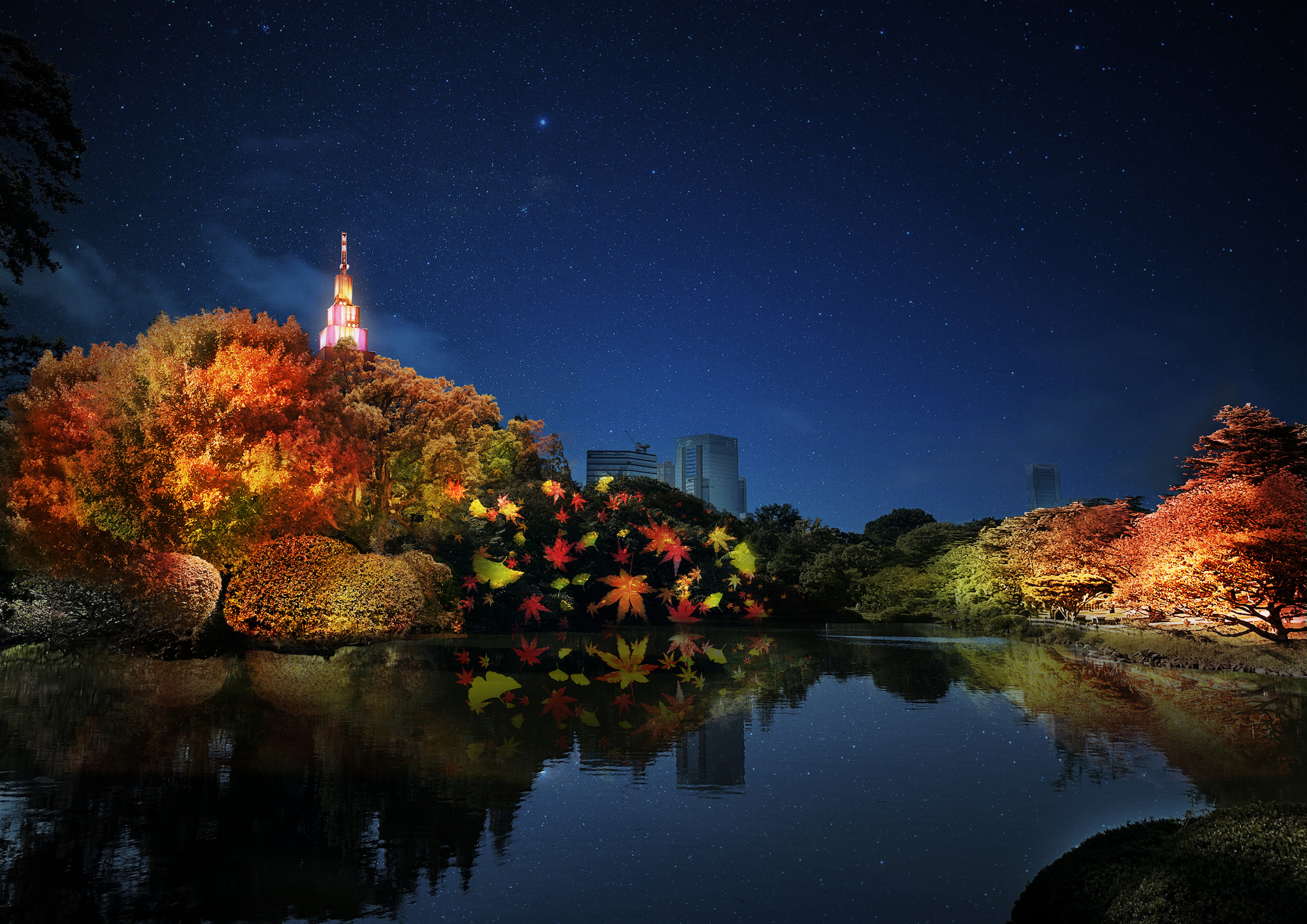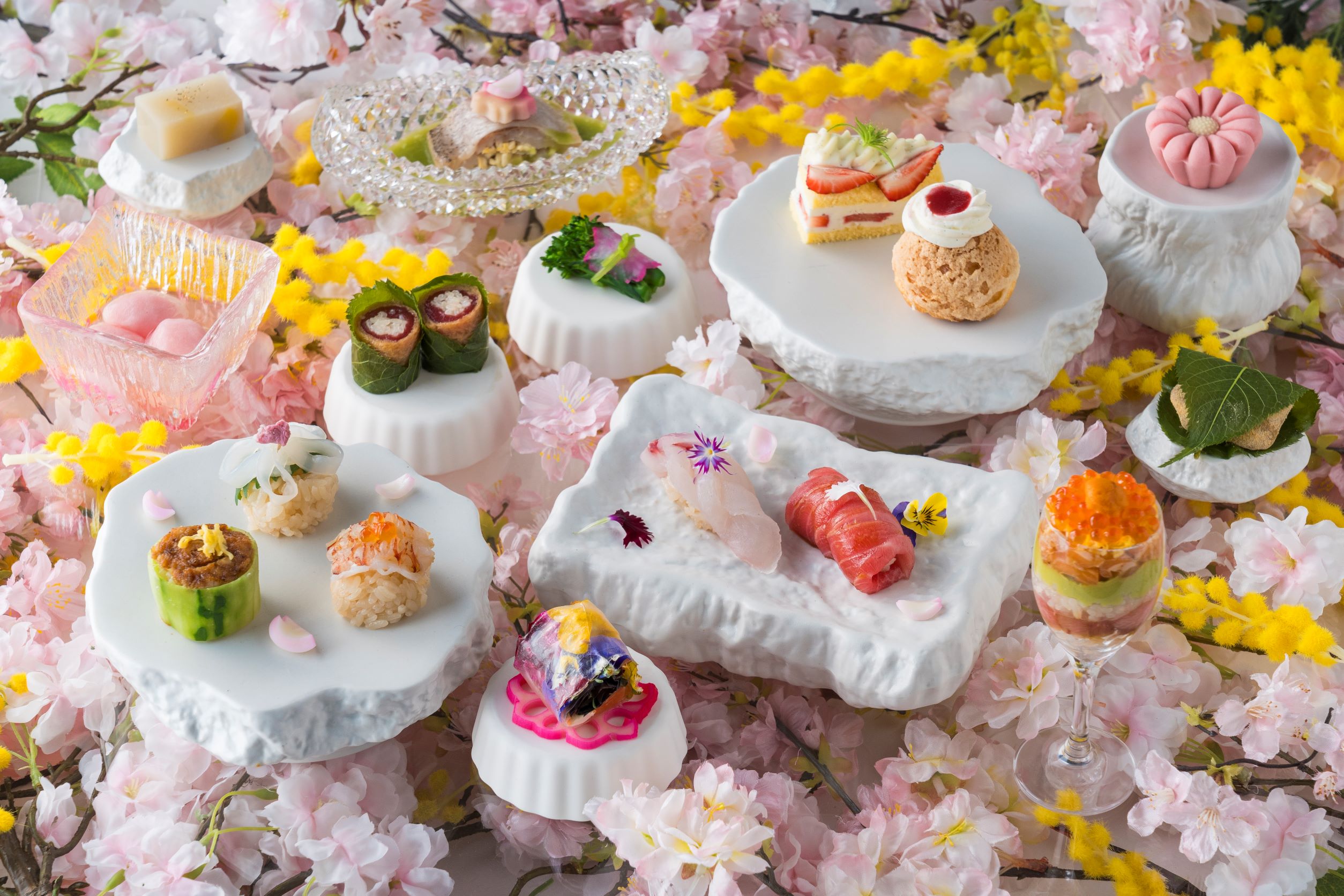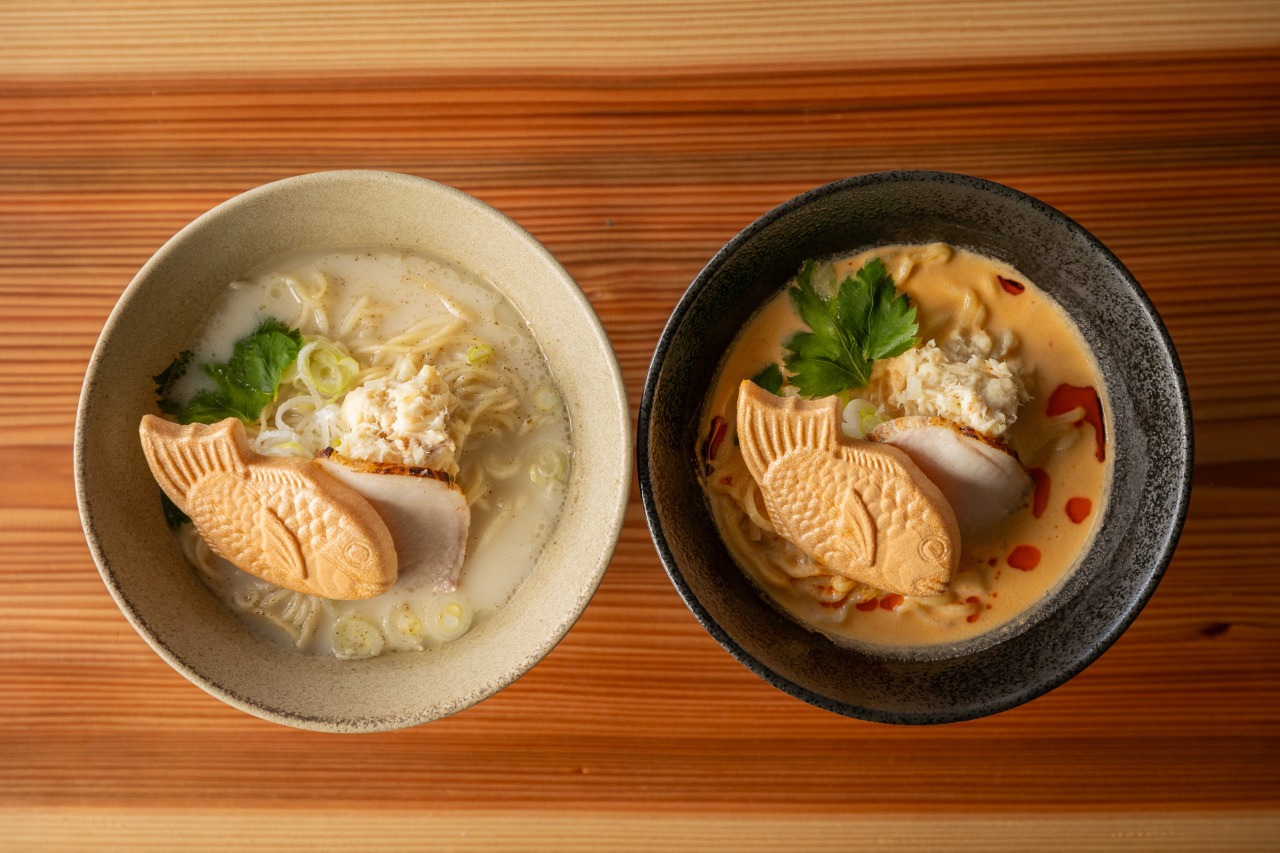Fujien, which is mainly made of standing wood instead of wisteria trellis
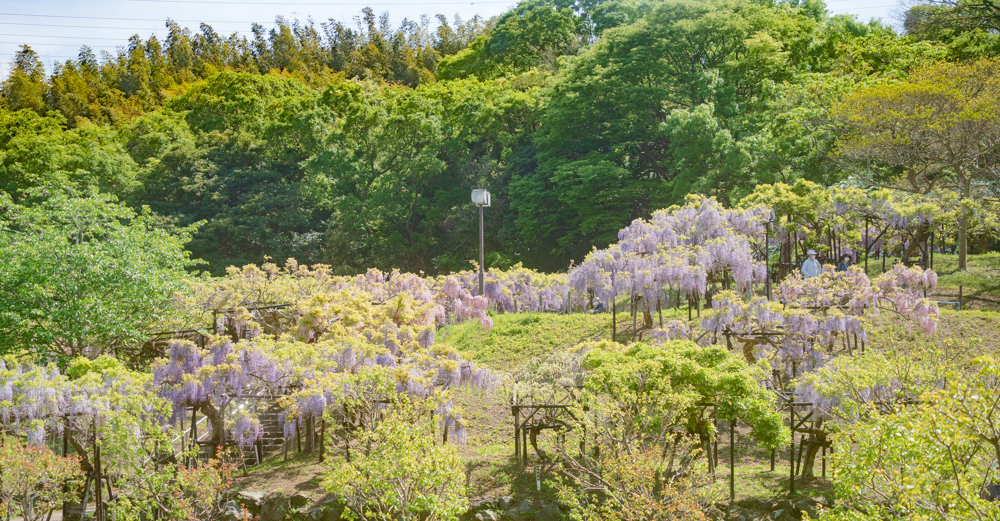
Unlike the wisteria trellis, the line of sight is lowered and you can appreciate it in a natural way. Although it is within reach, it is a delicate plant that requires frequent care, so let’s enjoy it with your eyes without touching it.
Kushaku Fuji
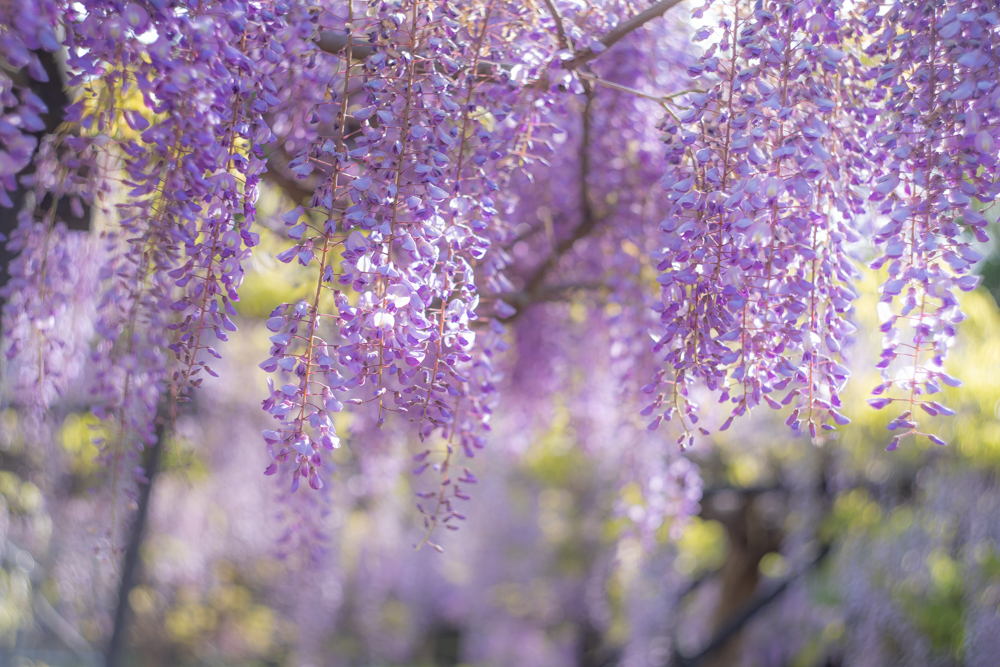
Lens used: "Helios-44" 3rd generation
It is a variety with long spikes. It is a variety that is often cultivated like a wisteria curtain by making a wisteria shelf.
Nagasaki Ichi-sai Fuji
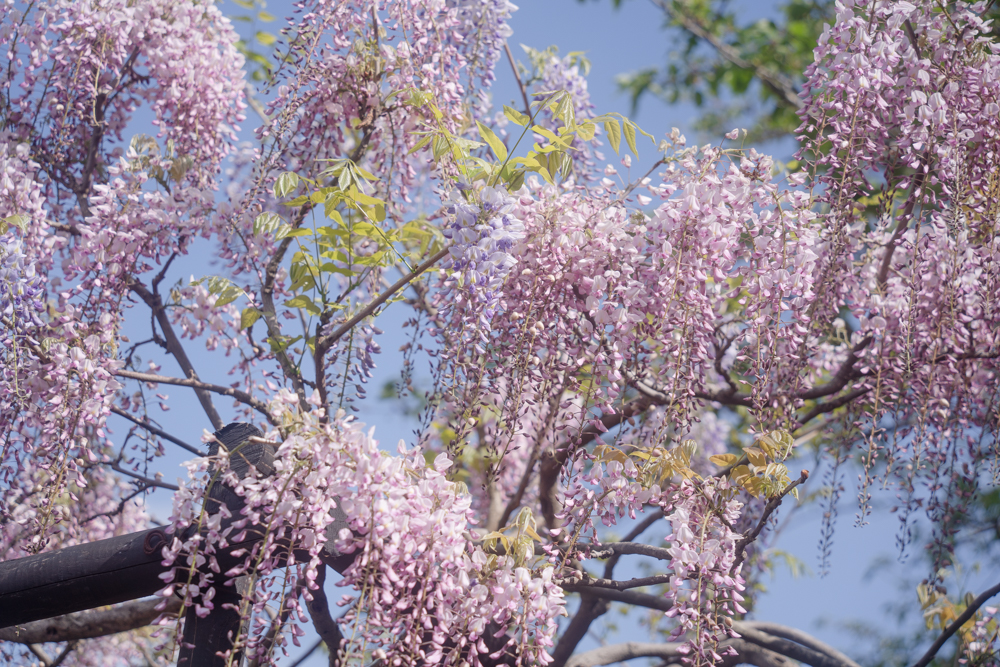
Lens used: TAMRON 28-200mm F2.8-5.6
It bloomed in a mixture of purple and pink flowers. Many are produced as pot varieties.
Noda Fuji
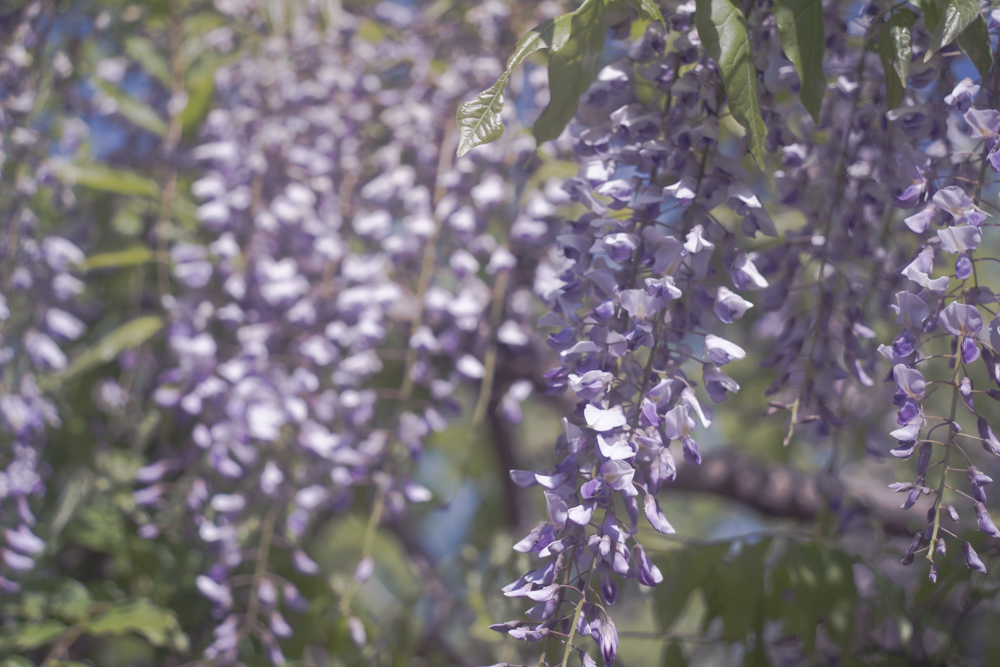
Lens used: TAMRON 28-200mm F2.8-5.6
Derived from the name of a botanist. The contrast between the white and purple of the petals is beautiful.
Honbeni Fuji
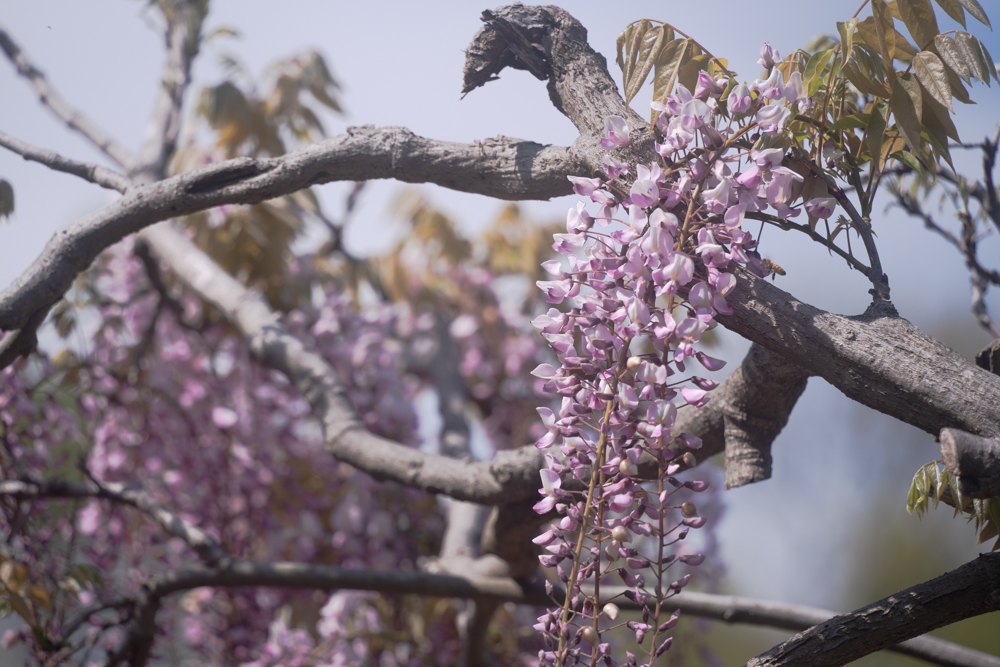
Lens used: TAMRON 28-200mm F2.8-5.6
The flowers are pink and have a gorgeous brightness.
Yaekokuryu Fuji
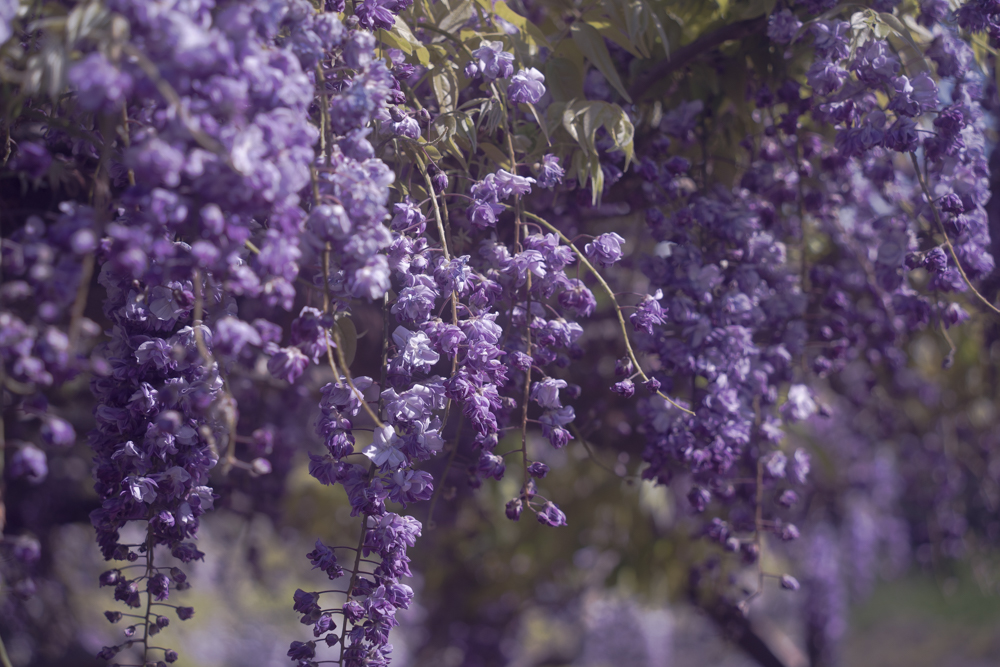
Lens used: TAMRON 28-200mm F2.8-5.6
The dark purple double flowers come in bloom. Another name is “Button Fuji”, and the lumps of vine-like flowers bloom.
Kobitan Fuji

Lens used: TAMRON 28-200mm F2.8-5.6
Capitan wisteria. The gradation when viewed from a distance is beautiful.
The world seen through an old lens
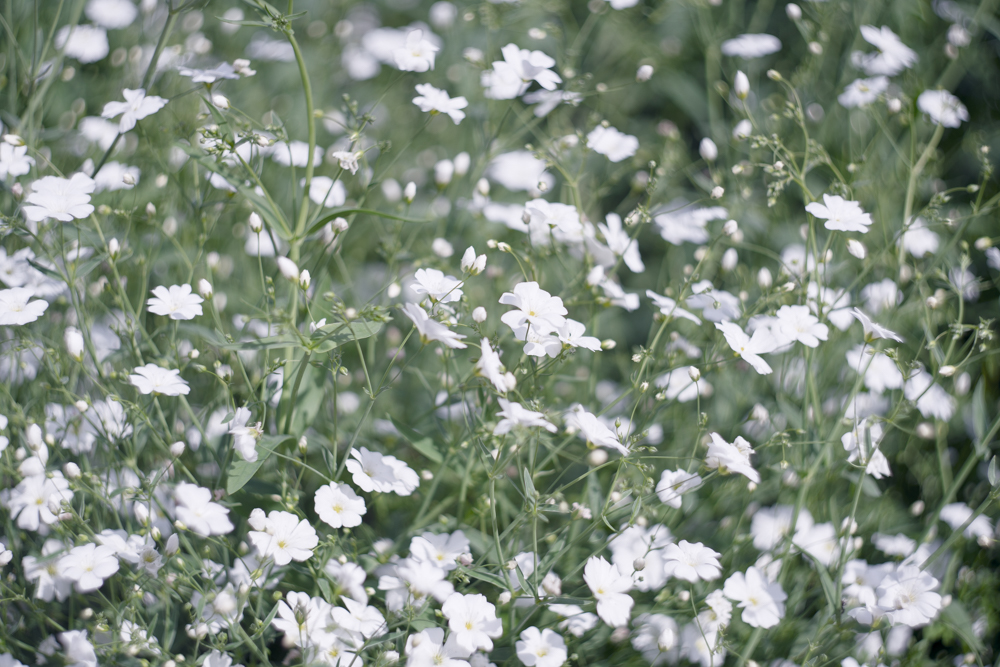
Finally, I would like to touch on the equipment used for shooting.
In recent years, old lenses have become more popular in Japan. Disposable film cameras are also popular.
Each has its own characteristics, but I would like to introduce how the lens used for shooting this time looks like.
Helios enjoying the bokeh round and round
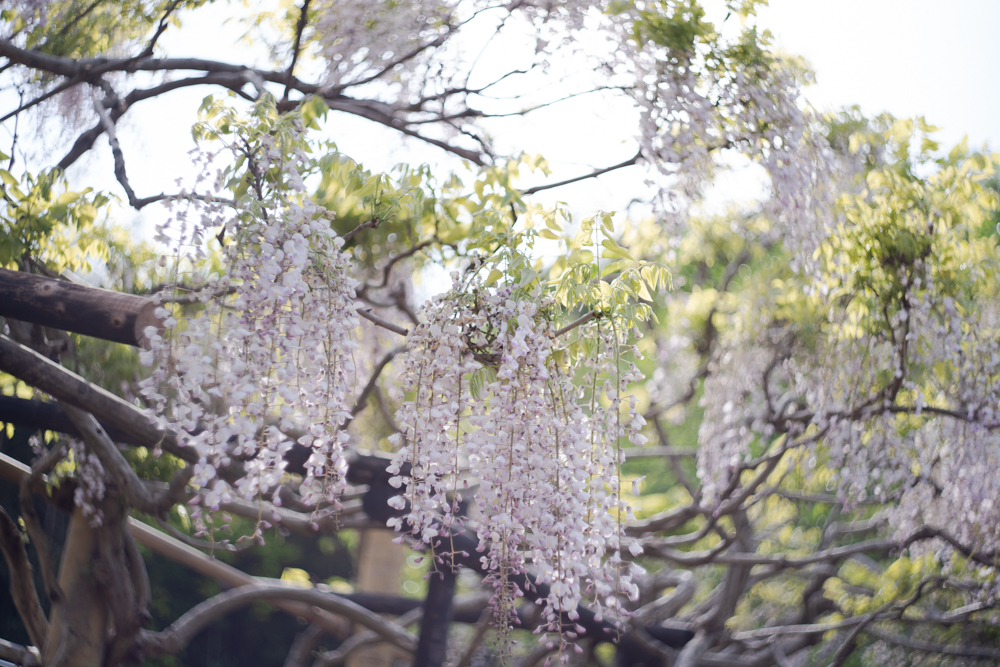
Notice the background behind the flowers. Can you see that it has a rugged atmosphere? This is commonly known as “round and round bokeh.”
This is not an intentional product, but a product made by a Russian manufacturer imitating a German lens manufacturer, resulting in such an image. It is a popular and easy-to-find lens.
Old lenses are prone to ghosts and flares

Modern lenses are processed to prevent the above-mentioned red light (ghost) and the phenomenon that the screen becomes white due to sunlight (flare). Therefore, it is difficult to take such a picture. I think people have different tastes, but those who use old lenses will add this kind of play.
By the way, the TAMRON described in this article is a modern lens. It is a lens that shoots things in the distance, which is indispensable for shooting outside, and most of the photos posted in the past are taken with this lens.
I hope that the number of people who start photography with the photos posted will increase as much as possible. With that in mind, I wrote an article. I hope the world you see through the viewfinder will expand as much as possible.
